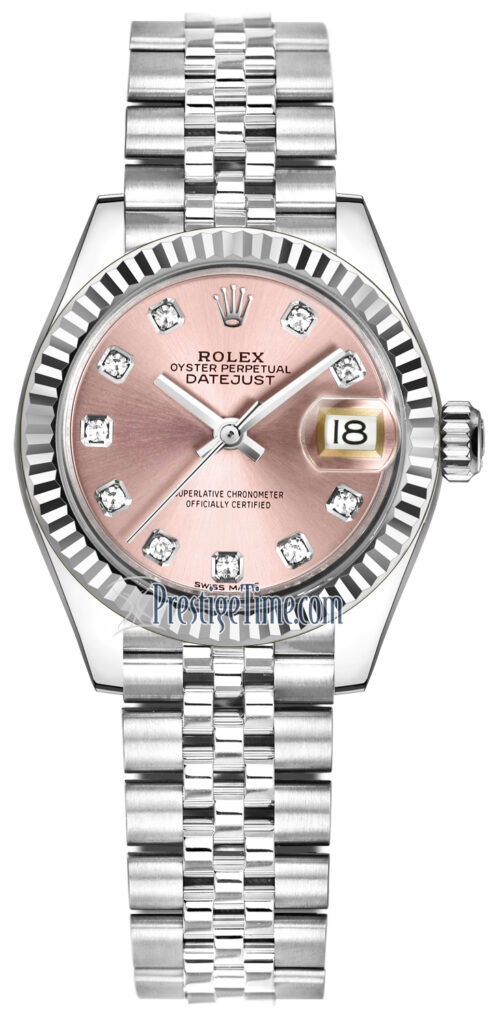In recent years, the demand for fashion-forward luxury items has skyrocketed across the globe, and the United Kingdom is no exception. High-end brands like Gucci, Louis Vuitton, Chanel, and Balenciaga are considered symbols of status and sophistication. However, with these prestigious names comes a steep price tag—one that is far out of reach for the average consumer. As a result, an increasing number of fashion enthusiasts have turned to a more accessible alternative: designer replicas.
This shift in consumer behavior has sparked debates across the fashion and ethical landscape, prompting the need to understand what lies behind this growing trend. In this blog post, we explore the rising popularity of designer replicas in the UK, examining the economic, psychological, and cultural factors that drive this trend.
What Are Designer Replicas?
Designer replicas, also referred to as “mirror copies” or “dupes,” are imitation products that closely resemble luxury designer goods in style, design, and branding. These items are often manufactured to mimic the appearance of original pieces, sometimes with such precision that they can be mistaken for the real thing by the untrained eye.
Replicas range in quality—from low-cost knockoffs with visibly poor craftsmanship to high-end “AAA grade” versions made using similar materials and techniques to their authentic counterparts. What differentiates these replicas from counterfeits, at least in the eyes of consumers, is often the intention behind the purchase. While counterfeit items are usually marketed and sold deceptively as authentic, replicas are generally purchased by informed buyers who knowingly opt for imitation at a fraction of the cost.

Economic Factors: Price vs. Prestige
One of the most significant drivers of replica purchases is the rising cost of living in the UK. Inflation, stagnant wages, and increasing housing costs have made it difficult for average consumers to justify spending thousands of pounds on a handbag or a pair of sneakers. Yet, the desire to participate in luxury culture remains strong, particularly among younger generations who are heavily influenced by social media and celebrity lifestyles.
Designer replicas offer a way to bridge this gap between aspiration and affordability. With a well-made replica, consumers can emulate the style of luxury influencers without going into debt or compromising on other financial priorities. This dynamic has led to the increasing normalization of replica culture, particularly among Gen Z and millennials.
The Role of Social Media and Influencer Culture
Platforms like Instagram, TikTok, and YouTube have played a critical role in popularizing luxury fashion. Influencers and celebrities often showcase high-end items in their posts, making them seem like essential components of a desirable lifestyle. The pressure to keep up with these curated images of success has intensified the desire for luxury items—even among those who cannot afford them.
Interestingly, some influencers have embraced transparency by openly discussing their use of replicas. Reviews of designer replica items, “dupe hauls,” and comparison videos between authentic and replica products have garnered millions of views. This openness has helped de-stigmatize replica use and build trust within online communities. As a result, more consumers feel empowered to explore this alternative without fear of judgment.
Quality Improvements and Accessibility
Not long ago, designer replicas were associated with cheap materials and poor construction. Today, however, the landscape has changed dramatically. Many modern replicas are crafted with meticulous attention to detail, utilizing premium materials and skilled labor to replicate the look and feel of the original item.
E-commerce platforms and private sellers on social media make it easier than ever to purchase these replicas. Some suppliers even offer customization options, high-definition product photos, and secure payment methods to enhance customer confidence. This accessibility, combined with improved quality, has helped reinforce the legitimacy of the replica market in the eyes of consumers.
Psychological Drivers: Status, Identity, and Self-Expression
Beyond financial motives, the appeal of designer replicas also lies in the psychological benefits they offer. In today’s image-conscious society, wearing branded clothing or accessories can elevate one’s perceived social status. Replicas allow individuals to project affluence and sophistication, even if the items themselves are not authentic.
Moreover, fashion is a powerful form of self-expression. People use clothing and accessories to communicate identity, confidence, and creativity. Replicas give fashion lovers the freedom to experiment with luxury aesthetics and trends without the constraints of cost or exclusivity.
Interestingly, some buyers of designer replicas in the UK are not motivated solely by the desire to “fake it.” Many appreciate the artistry of designer items and enjoy wearing replicas as a form of admiration or homage—rather than deception.
Ethical Considerations and Legal Implications
While the popularity of replicas continues to rise, it’s essential to consider the ethical and legal implications. The production and sale of designer replicas often raise concerns around intellectual property infringement, unfair competition, and exploitation of labor. Luxury brands invest heavily in design, marketing, and craftsmanship, and replicas can undermine this effort.
In the UK, importing and selling counterfeit goods is illegal and can result in fines or legal action. Although purchasing replicas for personal use is less strictly regulated, buyers should still be aware of potential risks—especially when shopping from international sellers.
There is also a growing discussion around the environmental and labor practices of replica manufacturers. As with fast fashion, the demand for low-cost luxury alternatives can sometimes support unsustainable production models and unethical working conditions. Conscious consumers are encouraged to do their research and choose sellers who prioritize transparency and responsible manufacturing.
Shifting Perceptions: A Changing Fashion Landscape
As the fashion industry becomes more democratized, the line between authentic luxury and its imitations continues to blur. The rise of high-quality designer replicas in the UK is not just a trend—it’s a reflection of deeper changes in consumer values and market dynamics.
For many, replicas represent a rebellion against the elitism of luxury fashion. Others see them as tools of empowerment, enabling people to enjoy style and elegance without financial strain. What’s clear is that the growing popularity of replicas is prompting brands, consumers, and regulators to reevaluate traditional notions of authenticity, value, and ownership.

Final Thoughts
The surge in interest surrounding Designer Replicas in the UK illustrates a broader shift in how consumers engage with fashion and luxury. As economic pressures mount and digital influence grows, people are increasingly turning to alternatives that offer the same aesthetic appeal without the exorbitant cost. While ethical and legal questions remain, it’s undeniable that replicas have carved out a significant niche in the UK fashion market.
Whether viewed as a controversial shortcut or a smart fashion strategy, designer replicas in the UK are here to stay—for now. Understanding this complex and evolving landscape is key to making informed choices that reflect both personal values and practical realities.

























